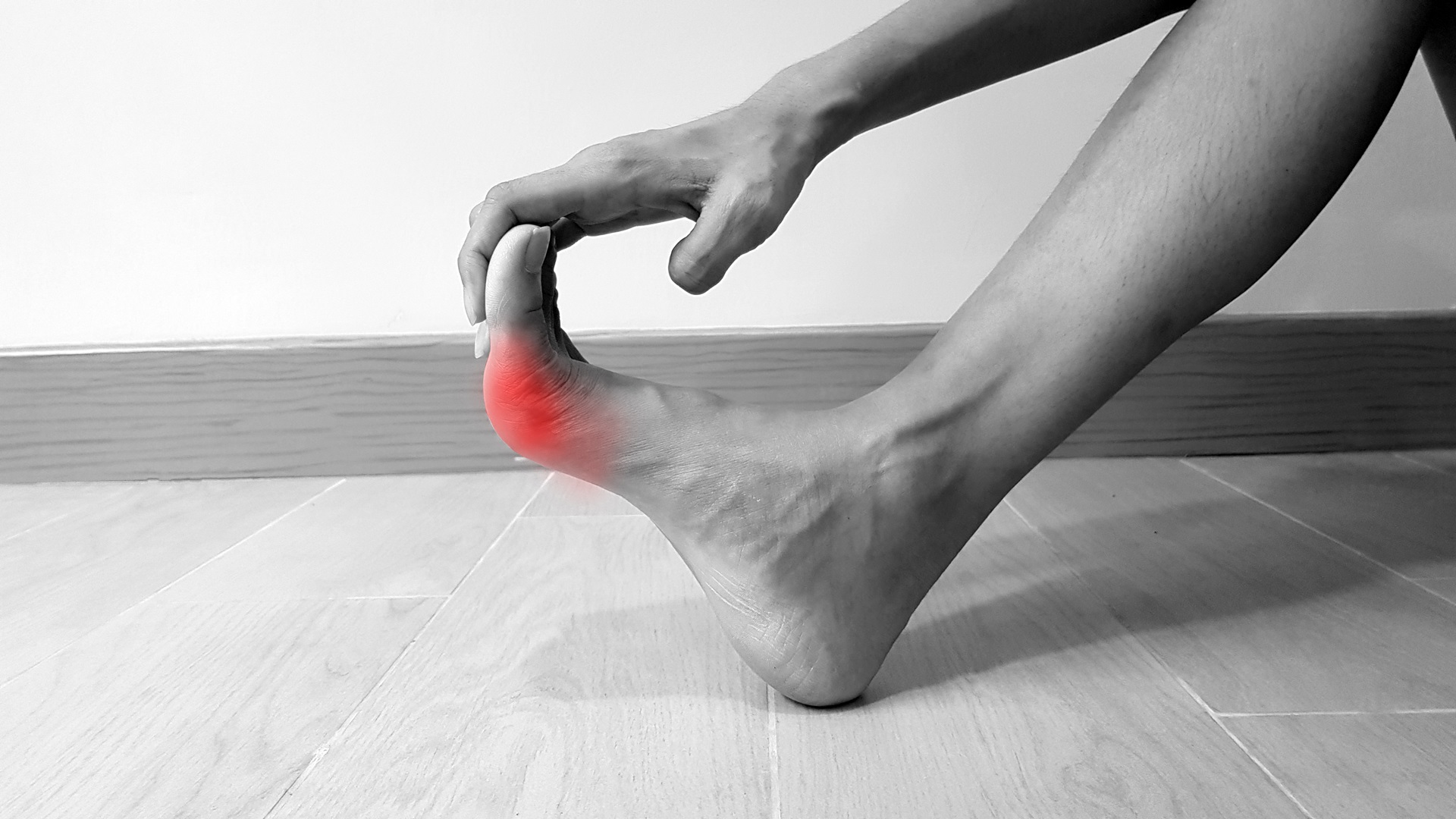1st MTPJ Pain/Pain of the Big Toe Joint

What is 1st MTPJ Pain?
The 1st Metatarsophalangeal Joint (MTPJ) refers to the joint at the base of the big toe, where the first metatarsal bone meets the proximal phalanx of the big toe. Pain in this joint, commonly referred to as 1st MTPJ pain, can result from various conditions, such as hallux limitus, hallux rigidus, gout, arthritis, or bunions. This joint is crucial for normal walking mechanics, as it plays a significant role in the push-off phase of gait. Pain or dysfunction in the 1st MTPJ can significantly impact mobility and quality of life.
Symptoms of 1st MTPJ Pain
Symptoms of 1st MTPJ pain can vary depending on the underlying cause. Common symptoms include
- Pain and Tenderness: Pain, which can be sharp or aching, is often felt on the top or side of the joint, particularly during walking or weight-bearing activities.
- Swelling and Redness: The joint may appear swollen and red, particularly in inflammatory conditions like gout or arthritis.
- Stiffness and Limited Motion: Reduced range of motion in the big toe joint, especially difficulty bending the toe upward (dorsiflexion), is common in conditions like hallux limitus or hallux rigidus.
- Bony Prominence: A visible bump or bony growth (osteophytes) may form on the top of the joint, particularly in cases of osteoarthritis or bunions.
- Difficulty Wearing Shoes: Pain and swelling can make wearing certain types of shoes, especially tight or narrow-toed shoes, uncomfortable or painful.
Why Does 1st MTPJ Pain Occur?
There are several conditions and factors that can lead to pain in the 1st MTPJ, including:
- Hallux Limitus/Rigidus: A degenerative joint disorder characterised by limited range of motion in the big toe joint, often progressing to hallux rigidus, where the joint becomes completely stiff.
- Bunions (Hallux Valgus): A bunion is a deformity where the big toe deviates laterally, causing the 1st MTPJ to protrude This misalignment can lead to pain, swelling, and reduced function.
- Gout: A type of inflammatory arthritis caused by the buildup of uric acid crystals in the joint, leading to sudden, severe pain, redness, and swelling in the big toe.
- Osteoarthritis: Wear and tear of the joint cartilage can lead to pain, stiffness, and the formation of bony growths in the 1st MTPJ.
- Trauma or Injury: Injuries, such as stubbing the toe or repetitive stress from sports, can cause pain and inflammation in the joint.
Common Management Options for 1st MTPJ Pain
Effective management of 1st MTPJ pain depends on identifying the underlying cause and addressing the contributing factors. Common treatment options include
- Footwear Modification: Wearing shoes with a wide toe box, stiff soles, or rocker-bottom soles can reduce pressure on the big toe joint and improve comfort.
- Orthotics and Padding: Custom orthotics can provide support, reduce stress on the joint, and help correct foot alignment issues. Gel pads or cushions can alleviate pressure on
- Medications: Nonsteroidal anti-inflammatory drugs (NSAIDs) can help reduce pain and inflammation. In cases of gout, specific medications to lower uric acid levels may be
- Physical Therapy: Targeted exercises to improve joint mobility, strengthen surrounding muscles, and maintain flexibility can help alleviate pain and prevent stiffness.
- Corticosteroid Injections: In cases of severe pain and inflammation, corticosteroid injections may provide temporary relief.
- Surgical Intervention: Surgery may be considered for advanced cases, such as bunionectomy for bunions or cheilectomy for hallux rigidus, to remove bony growths or realign the joint.
Why See a Podiatrist for 1st MTPJ Pain?
Consulting a podiatrist is essential for accurately diagnosing the cause of 1st MTPJ pain and developing an effective treatment plan. Podiatrists can perform a thorough clinical evaluation, use imaging techniques, and consider the patient's overall biomechanics to determine the best course of action. They can provide expert advice on appropriate footwear, prescribe custom orthotics, offer conservative management options, and perform surgical interventions if necessary. Early diagnosis and treatment by a podiatrist can prevent the condition from worsening and help maintain mobility and quality of life.
